
1520
Austrian scientist Paracelsus invents laudanum, a solution of opium alkaloids in alcohol. It was used to suppress pain and remained popular in Europe for over 400 years.

Austrian scientist Paracelsus invents laudanum, a solution of opium alkaloids in alcohol. It was used to suppress pain and remained popular in Europe for over 400 years.
Smallpox wipes out a large portion of the Aztec people.
Suleiman the Magnificent reigns as Ottoman Emperor.
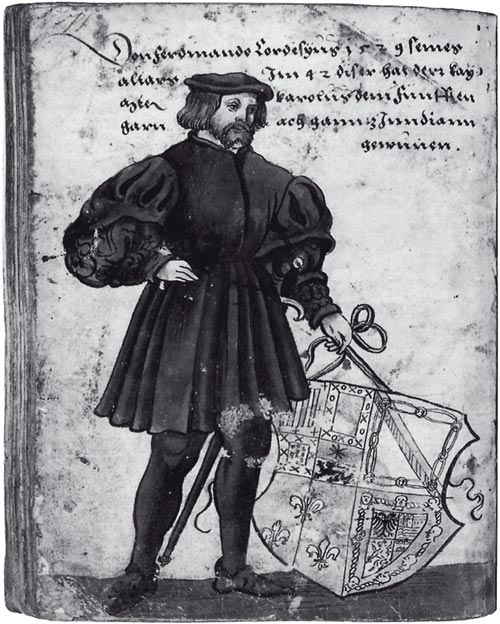
Hernando Cortes lays siege to and then destroys Tenochtitlan, capital of the Aztec Empire. The Spanish capture enormous quantities of gold.
Sen no Rikyu formalises and spreads the Japanese tea ceremony.
Francisco de Montejo starts a 20 year conquest of the main surving Mayan cities in the Yucatan.
Spain colonises Venezuela.
Pascual de Andagoya leads a failed expedition to conquer the Incas in Peru and to capture their sources of silver and gold.
Portuguese merchants establish a trading post at Madras (now Chennai).
Giovanni da Verrazzano is commissioned by Francis I of France to explore the American coast from Florida to Newfoundland. He discovers abundant grape vines in North Carolina and explores New York bay.
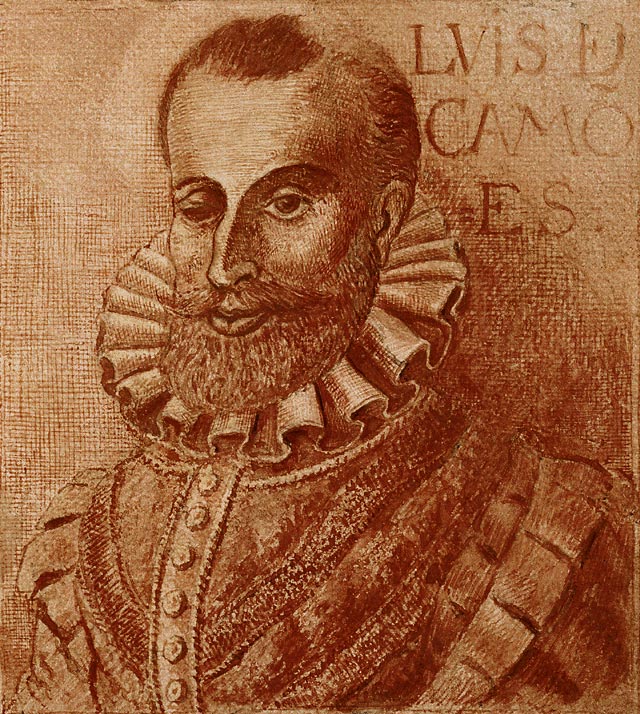
Luis de Camoes.

Francisco Pizarro discovers the Inca Empire and much gold and silver.
The Council of the Indies is established to run Spain's American colonies.
Italian explorer Giovanni da Verrazzano leads a French expedition to North America and explores the coastline of what is now North Carolina, Maryland and New York.
Pieter Breughel, the Elder.
Cortez orders the planting of vineyards in Mexico.
Suleiman the Magnificent captures Rhodes.

The Mughal Empire expands to cover Afghanistan, Baluchistan, Pakistan, India and Nepal.
Babur (a Turko-Mongol Muslim descendant of Tamerlane and Ghenghis Khan) founds the Moghul Empire with a decisive victory at Panipat over the last remnants of the Delhi Sultanate. Delhi and Agra are taken.
Suleiman the Magnificent defeats the army of Louis II of Hungary.
Henry VIII commissions John Rut to find the North-West Passage. He explores Newfoundland, Maryland and Florida.
Spain gives up its rights in the Spice Islands to Portugal for cash.
Civil war rages within the Inca Empire.

Suleiman the Magnificent lays siege to Vienna, but is turned away. This marks the zenith of the Ottoman Empire.
Coffee houses are popular in Damascus and Cairo.
Charles V is Holy Roman Emperor (Charles I of Spain, 1516-1556).
Babur takes over the majority of Northern India.
The Spanish cultivate tobacco in San Domingo.
Benedictine monks at Carcassonne create a sparkling wine like Champagne.
Francisco Pizarro leads a third expedition against the Inca Empire capturing Coxamaraca and more gold and silver.
The Prince is published by Niccolo Machiavelli.
Montaigne.
Collapse of the Inca Civilisation.

Jacques Cartier explores Newfoundland, Labrador and Arcadia.
The Sultans of Gujerat cede Bombay and other territories to Portugal.
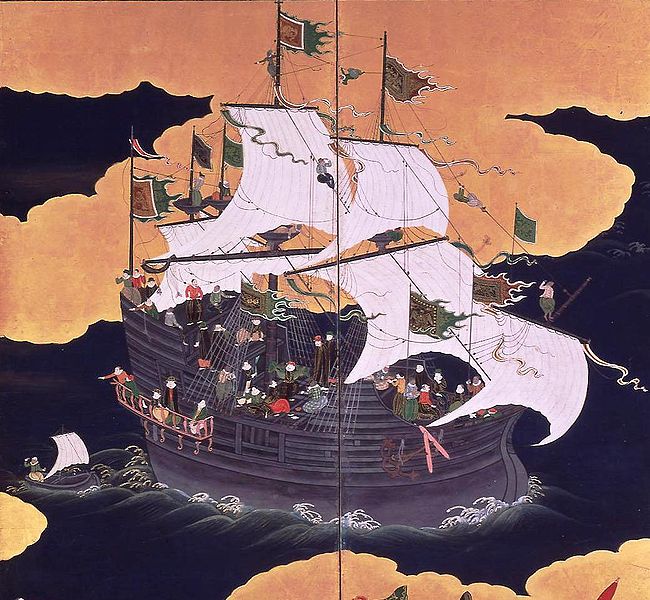
Portuguese merchants begin to trade with Japan.
Jacques Cartier observes First Nation people smoking tobacco near Montreal.
The fur trade is established in Canada.
Jacques Cartier explores Newfoundland and the Gulf of St Lawrence.
The Ottoman Navy is victorious against a combined Venetian, Genoan and Papal force at the Battle of Preveza and gains dominance in the Mediterranean. The Ottomans claim Venetian possessions in the Aegean and Dalmatian regions.
Hernando de Soto explores North America travelling through what is now Florida, Georgia, the Carolinas, Tennessee, Alabama, Mississippi, Arkansas, Oklahoma and Texas. They encounter Native Indians, introduce pigs and horses and spread smallpox. They don't find gold.
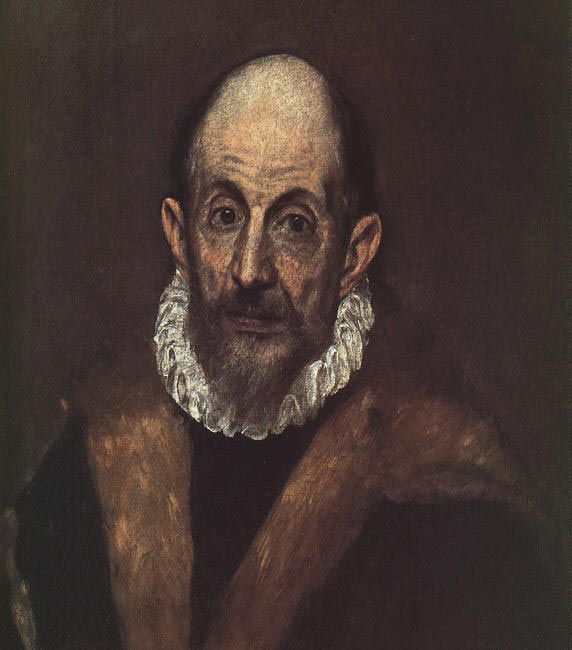
El Greco.

Spanish forces conquer Chile.
Jacques Cartier sets off to colonise Canada and establishes a settlement in Quebec.
Henry VIII forces Irish Parliament to declare him ‘King of Ireland’. New laws were introduced to empower the English.
Spain establishes the Vice-Royalty of Peru, covering Argentina, Peru and all of its South American colonies.
Copernicus publishes his theory that the planets move round the sun.
Frothing chocolate drink is introduced to the Spanish Court by a delegation from the New World.
Tomatoes were introduced to Europe from the New World by explorers in the 16th Century.
Silver ore is discovered in Potosi, Bolivia, funding the development of the Spanish Empire.
Smallpox wipes out a large portion of the Inca people.

Miguel de Cervantes.

Oviedo's La hystoria general delas Indias is the first work to give a full account of tobacco smoking and to describe the reed cigarette.
Grand Duke Ivan of Muscovy is crowned the first tsar of Russia.
Archduke Ferdinand II of Tyrol begins a porcelain collection – a collection of curiosities rather than for its artistic merit.
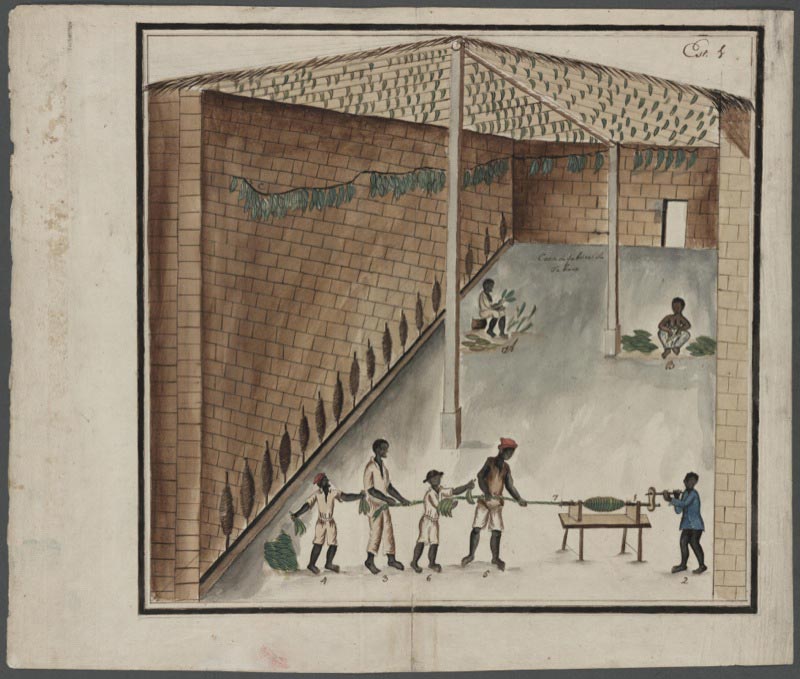
The Portuguese cultivate tobacco in Brazil.
Pietro de Crescenzi writes De Omnibus Agriculturae Partibus documenting viticulture.
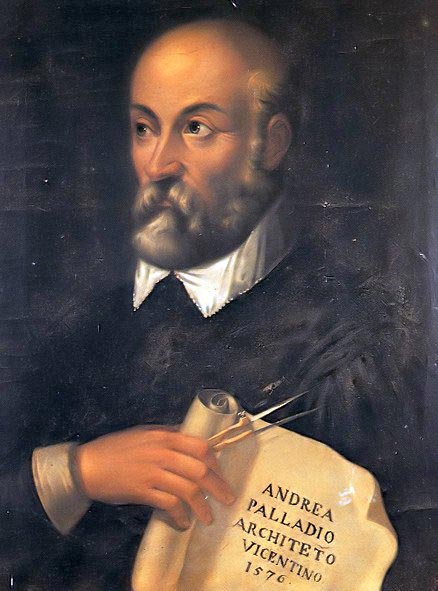
Antonio Palladio creates a series of Palladian Villas in the Veneto.
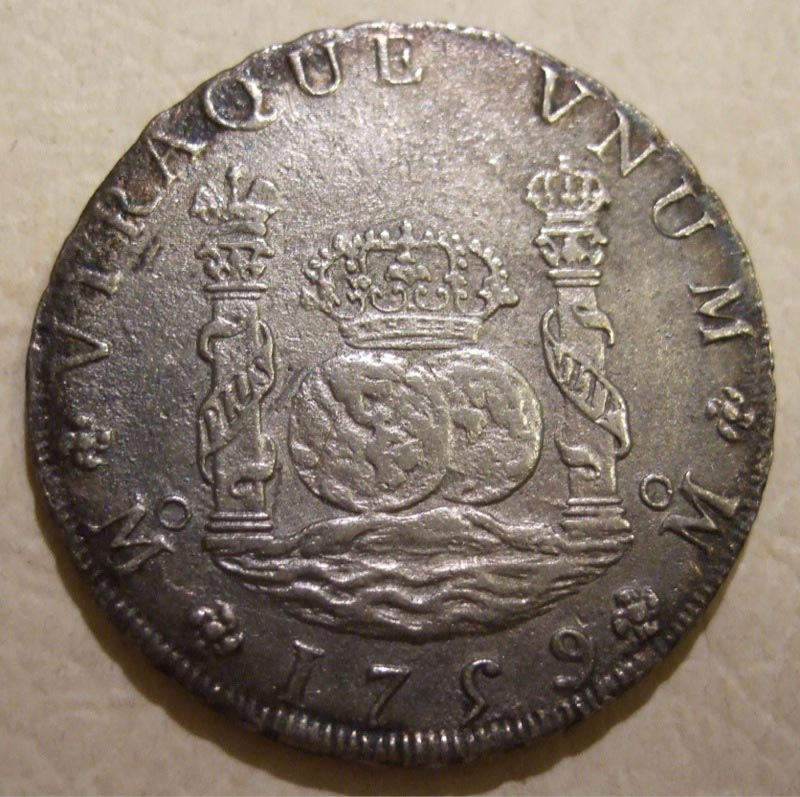
The eight reales coin (origin of the term 'pieces of eight') comes into common circulation in the Spanish Empire and is often clipped.
The Little Ice Age causes rivers and lakes to freeze over on a regular basis, crops to fail, and fish stocks to move into different areas.
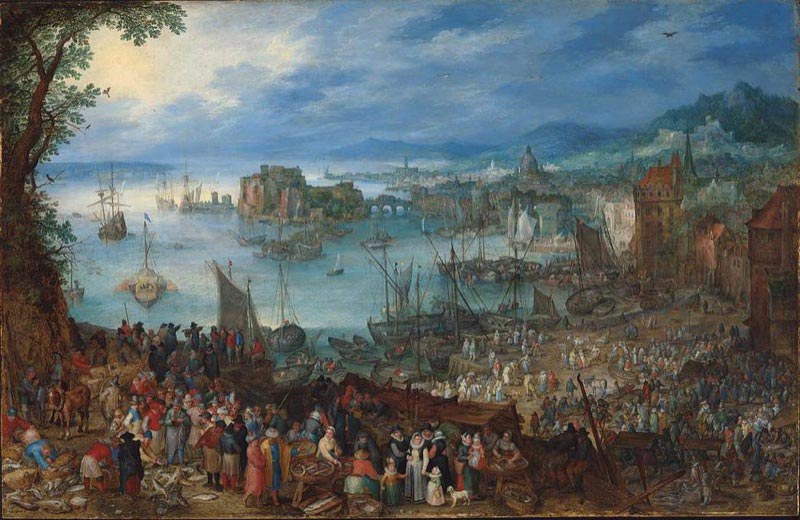
Major fish stocks move into British and Dutch waters, prompting greater prosperity.
Porcelain known to have arrived in Britain. It is documented in Henry VIII’s jewel house.
The Company of Merchant Adventurers to New Lands is founded to promote profitable exploration.
Suleiman captures Muscat from the Portuguese.
Andrea Amati creates the first violin.
John Hawkins sails to Sierra Leone, picks up slaves, then trades them in the Caribbean. He also raids Portuguese ships.
Franciscan Friar Andre Thevet investigates tobacco whilst in Brazil. He learns to cultivate it and enjoys consuming it.
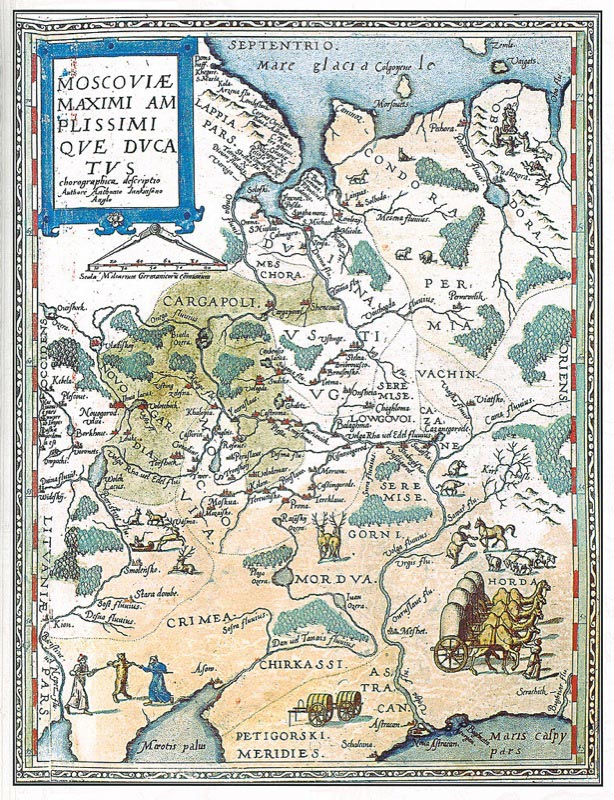
The Muscovy Company is formed to promote British trade with Russia.
Publication of Relatione di Alcune Cose della Nuova Spagne, e della gran citta di Temestitan Messico by The Anonymous Conqueror, giving the first account of how the Aztecs made and used chocolate.
Spanish settlers grow cotton in Florida.
Publication of De re Metallica by Agricola describing the assaying process.
The Habsburg lands are split and Philip II is appointed King of Spain and the Netherlands.
Akbar the Great becomes the third Mughal Emperor and his reign witnesses a cultural renaissance.
Agricola writes in his book De Re Metallica that Italian states passed laws against mining of metals because of the effect on woodlands, fields, vineyards and olive groves.
Land in Ireland is seized and formed into Protestant plantations. Two areas were named King’s County (now Offaly) and Queen’s County (now Laois).
Camillo Torello invents the first European seed drill in Venice.
Portugal leases a trading outpost in Macau on the coast of China, trading silver for silk, porcelain and tea.
Calais is retaken by Francis, Duke of Guise.
Reign of Queen Elizabeth I.
French diplomat, Jean Nicot, returns from the Portuguese court with tobacco; snuff becomes popular amongst the French elite.
Francisco Hernandez de Toledo introduces tobacco in Spain.
Jasper de Cruz, a Jesuit Father from Portugal, becomes the first Westerner to taste and then write about tea.
The Ottoman Navy is victorious against a combined Spanish, Venetian, Genoan and Papal force at the Battle of Djerba and gains dominance in the Mediterranean.
Industrialisation in UK leads to deforestation as wood is used instead of coal.
Catherine de Medici is given snuff by Nicot and uses it to treat Francis II's headaches.
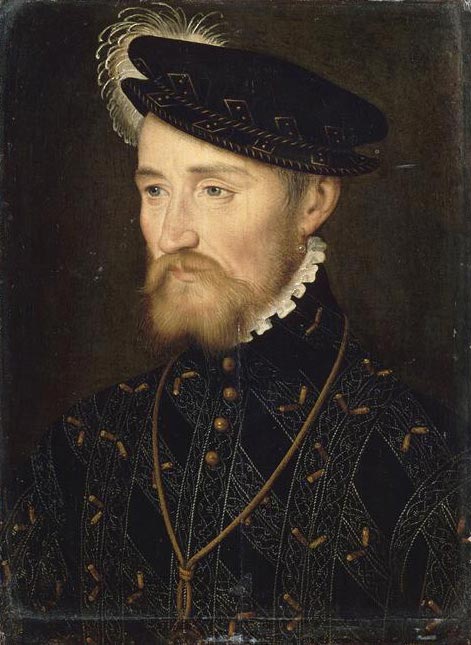
The French Wars of Religion are ushered in by the Massacre of Vessey, as the Duke of Guise and his Catholic followers attempt to exterminate or expel all Huguenots from France.
William Shakespeare.
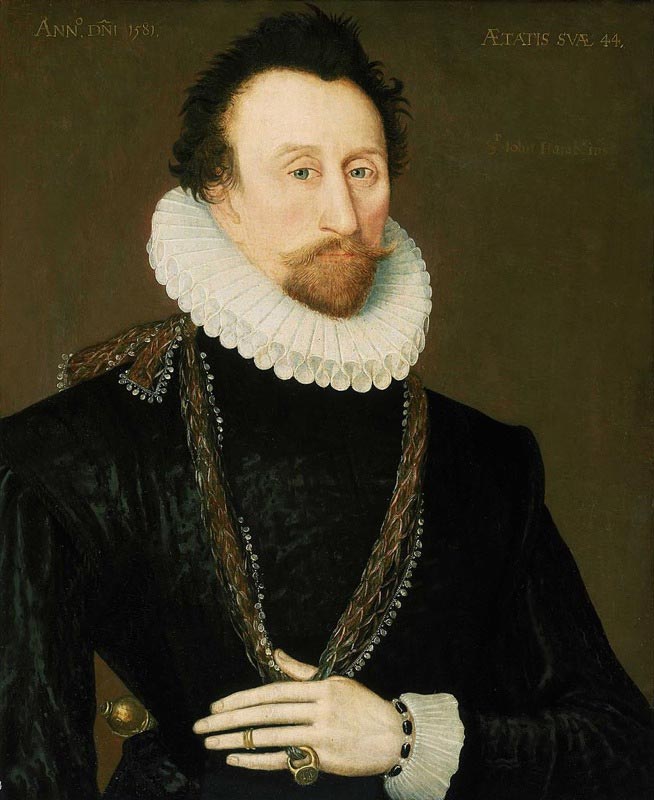
John Hawkins introduces tobacco to England.

John Hawkins sails to Venezuela, Colombia and Florida, buying and selling slaves and raiding Spanish and Portuguse shipping.
John Hawkins imports potatoes into Britain for the first time.
Sometime before 1565, graphite is discovered in solid form in Cumbria and is used to make pencils.
The first Manila Galleon sails from Mexico to the Philippines to trade silver for spices, porcelain, silk and other valued commodities. They continue until 1815, despite raids by Dutch and English pirates.
English adventurer John Hawkins describes the making of wine in Florida.
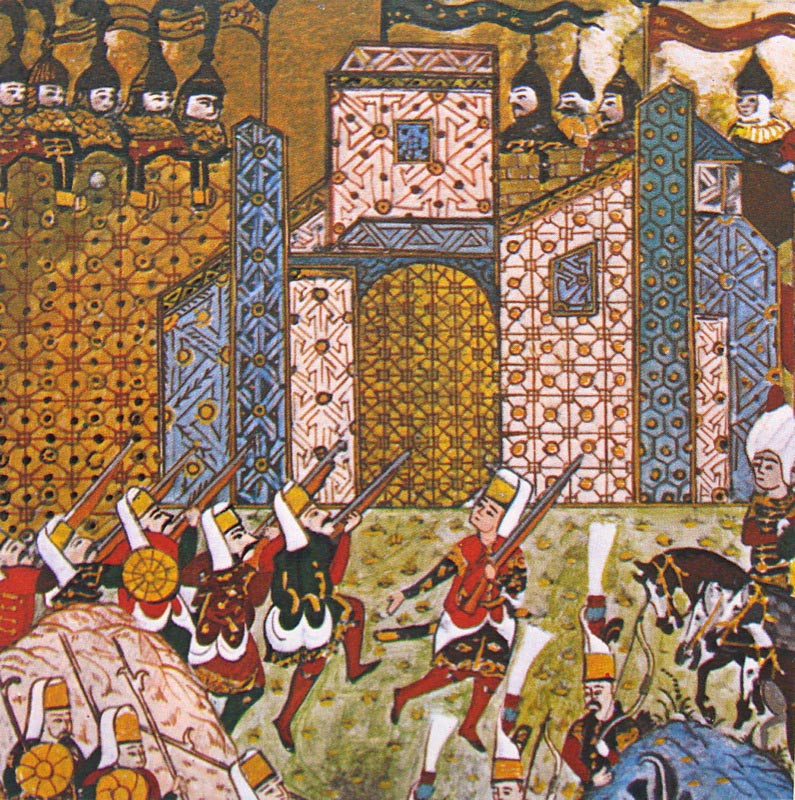
Suleiman's Mediterranean expansion is ended with an unsuccessful siege in Malta.
Spain colonises the Philippines and it becomes a major Asian trading post.
The Royal Exchange is founded by Sir Thomas Gresham as a centre of commerce for London.
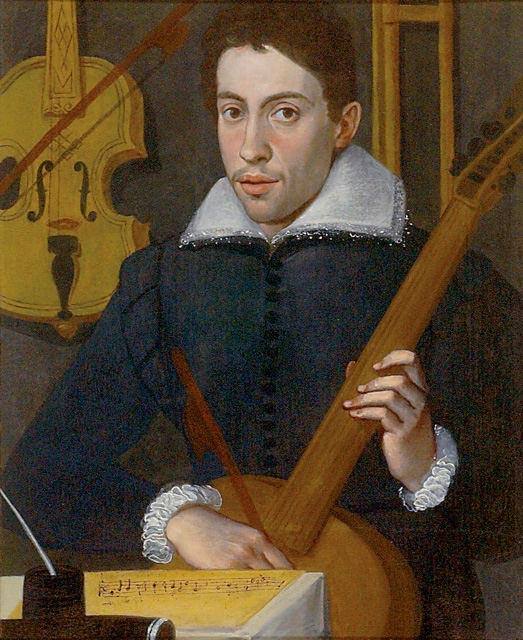
Claudio Monteverdi.
Hawkins sails to Mexico raiding Portuguese slave ships and Spanish bullion vessels.
Suleiman captures Aceh from the Portuguese.
Thevet's The New found worlde is the first published English account of pipe and cigar smoking.
Spanish settlers plant a vineyard in South Carolina.

Spanish settlers start the first Californian vineyards.
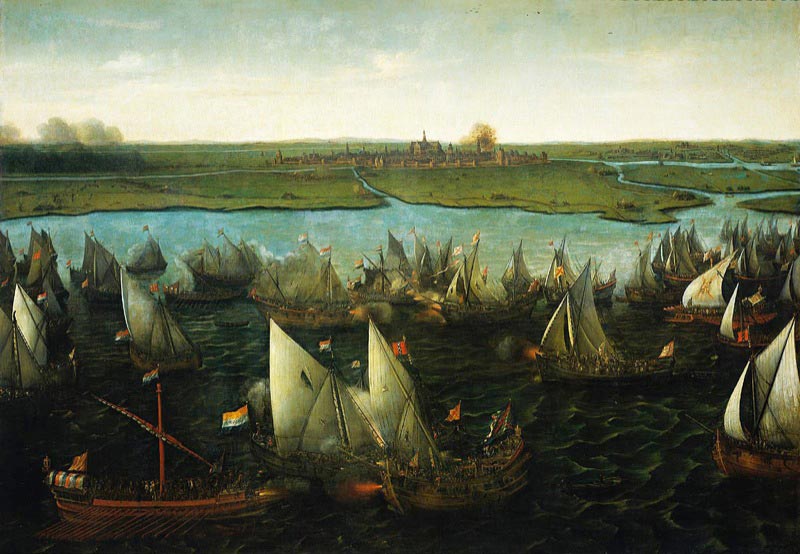
Dutch Revolt against the Spanish Empire.
Francisco Hernandez, physician to Philip II of Spain, advocates the medicinal uses of chocolate.

Nicolas Monardes writes the first book on tobacco suggesting it can cure many things.

The Spanish fleet, with support from Venice, Genoa, the Pope and others, defeats the Turks at Lepanto ending its dominance in the Mediterranean.
Francis Drake's first major voyage, raising Spanish concerns in Panama.
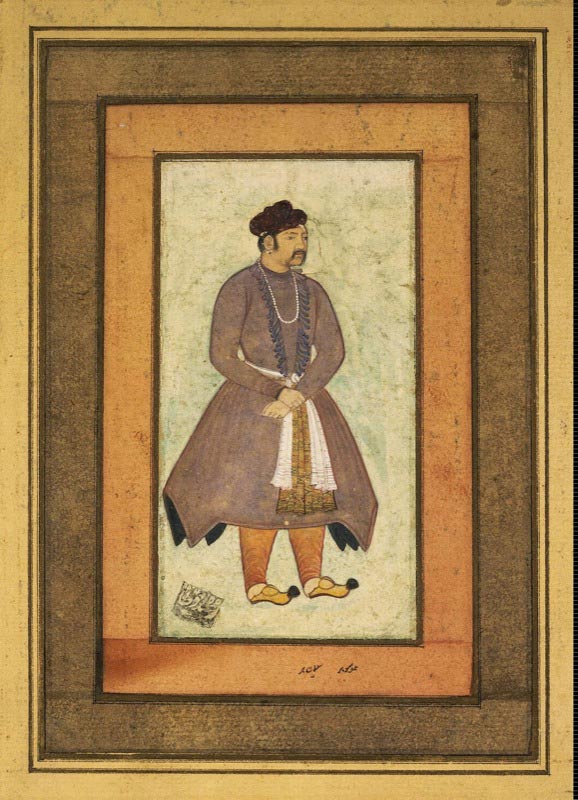
Akbar conquers Gujerat and gains access to the sea for trade, enabling him to compete with Portuguese traders.
The Saint Bartholomew's day massacre in Paris sees the deaths of thousands of French Protestants.
Francis Drake brings tobacco back to England.
The Bols family open a distillery in Amsterdam known as 'het Lootsje' (the little shed).
Portugal establishes a colony at Luanda, in modern day Angola.
The Portuguese are ousted by the locals from their base in Ternate and move to Ambon.
The first European attempts to replicate porcelain, known as Medici porcelain, in Florence, Italy.
Peter Paul Rubens.
Francis Drake circumnavigates the world on the 'Golden Hind'. He travels west through the Straits of Magellan, plunders Spanish treasure ships, loads up with Chilean wine, claims California as New Britain, stops in the Moluccas to pick up sugar and spices and returns via the Cape of Good Hope.
Akbar establishes friendly relations with the Portuguese and allows Jesuit misionaries to visit Delhi.

Francis Drake captures a Spanish treasure ship carrying 26 tons of silver and 80 lbs of gold.
Frans Hals.
Francisco de Quevedo.
Cotton is established as a major crop in the Yangtze region of China.
Beaver fur is the preferred source for felt hat makers in France.
Spain annexes Portugal.